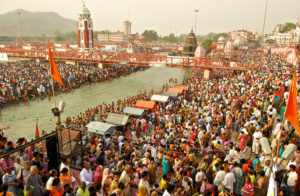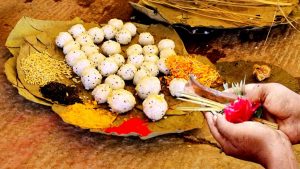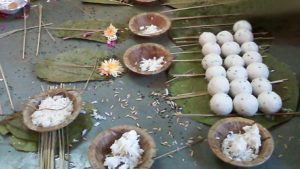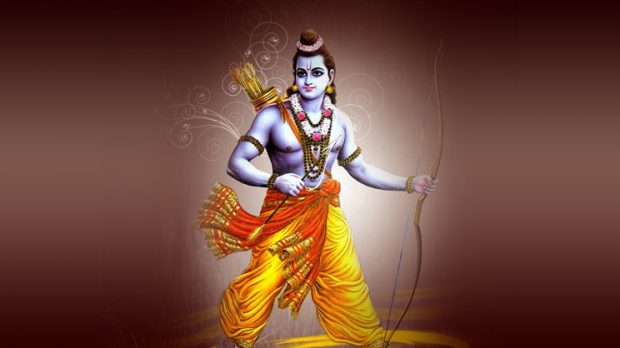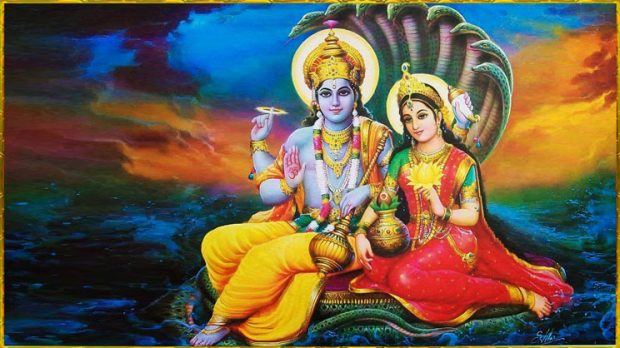Venkatesa Suprabhatam – Decoding
Venkatesa Suprabhatam
The Song has 70 verses penned by Prativadi Bhayankara Annan in Sanskrit. It is divided into 4 parts. This hymn consisting of 70 verses was written in Sanskrit by Prativadi Bhayankara Annan. It consists of four parts.
Suprabhatam- Morning Prayer waking up The Lord from His Yoga Nidra
This is called Suprabhatam. The first verse is addressed to Rama, the auspicious son of Kausalya. Beseeching Him to wake up as the day has dawned and the daily ablutions and rituals are to be done. He is called as Govinda. He has a Garuda Dhwaja and is the consort of Goddess Lakshmi. The third and fourth verses are addressed to Sri Lakshmi as the consort of the Lord describing Her as the Divine Mother of the Universe whose beauty and qualities of head and heart are beyond words. Next, there is a description of the Lord by several names such as the King of Seshadri Hills, Vrishabhachala etc. His devotees are calling Him by various names such as Vasudeva, Madhava, Govinda, Janardhana, Chakrapani and await His commands. He is referred to as a granter of boons to His devotees, a supreme friend of the world, the very abode of righteousness, the ocean of mercy for all the worlds and as the One who has a very handsome form wherein Sri Lakshmi sits enthroned. He is referred to as The Lord in ten incarnations (Dasavatara). His other myriad qualities are explained in the prayer stating that all the others like Gods, sages, planets, devotees, scholars, the humblest and the mightiest are all awaiting for His worship with sacred and auspicious puja materials in their hands while the sun is rising in the east and lotus flowers are blossoming in the lakes and all around the sweet sounds of chirping birds fill the air. This section is concluded with praising the Lord as a bridge to cross the ocean of Samsara and eulogising Him as the quintessence of all knowledge of the Upanishads and a source of joy and bliss to all.
Every stanza in this section ends with the words ‘tava suprabhatam’ meaning “may it be an auspicious dawn to You.” Whoever recites this hymn with devotion in the morning is blessed with knowledge of the Supreme Truth that leads to Salvation.
Stotram – Prayer praising and entreating The Lord for protection
In the next part, the devotee submits himself to the shelter of Venkatesa. He says he has sinned heavily violating all limits and hence he seeks His protection, compassion, generosity and mercy. He says that he knows no other God other than Venkateswara upon whom he meditates and begs for grace. He is prayed to as Krishna, Rama and the best among all in the Raghu dynasty.
Prapatti – Prayer surrendering oneself at the Lord’s Lotus Feet
The third part of this hymn is Prapatti. It starts with salutations to Sri Lakshmi, the eternal resident in the bosom of Vishnu. The devotee offers a surrender to Venkatesa and describes His Supremacy elaborately. Sri Venkateswara certainly saves the devotee who has implicit faith in Him and surrenders himself to Him. The preliminary praise and invocation to Sri Lakshmi implies Her compassionate nature and the devotee’s inner desire for Her mediation and recommendation of him to the Lord.
Mangalaasaasanam – Prayer praising Him for His glory, auspiciousness and craving for His benediction
The last part of this poem is Mangalasasanam by repeating in every stanza the words meaning “May auspiciousness be unto Sri Venkatesa, Sri Srinivasa”. This is a sort of closing offer of salutations and reverential felicitations to The Lord of the Seven Hills describing His extraordinary unblemished glories and exquisite physical form.
He is the ultimate cause of all, the causeless cause and yet easily attainable. He is the essence of all that is pure and the ultimate refuge to the humanity. He is the repository of peace and tranquillity in this strife-ridden world. It proclaims that as long as the TIME lasts (practically forever) those who had the darshan of Sri Venkateswara will never be satisfied with His nectarine form (atrupti amruta roopaaya); it suggests that the devotees would wish to stand in His presence for all the time gazing at His handsome and attractive form, mysteriously feeding themselves with Divine Bliss.
After this recital the doors of the sanctum sanctorum are opened by the persons meant for the purpose by tradition and then the general public is allowed entry inside. Probably this forecast could be the reason for the interminable Que Lines we experience even today on our visits to the temple. Such is the tremendous charm of the beauty of the Lord’s splendid features. This way the day’s first prayer called the Suprabhata Seva is being offered to Sri Venkateswara on the Tirumala Hills since the dawn of history.
Reach us to be a part of our whatsapp spiritual reminder group
